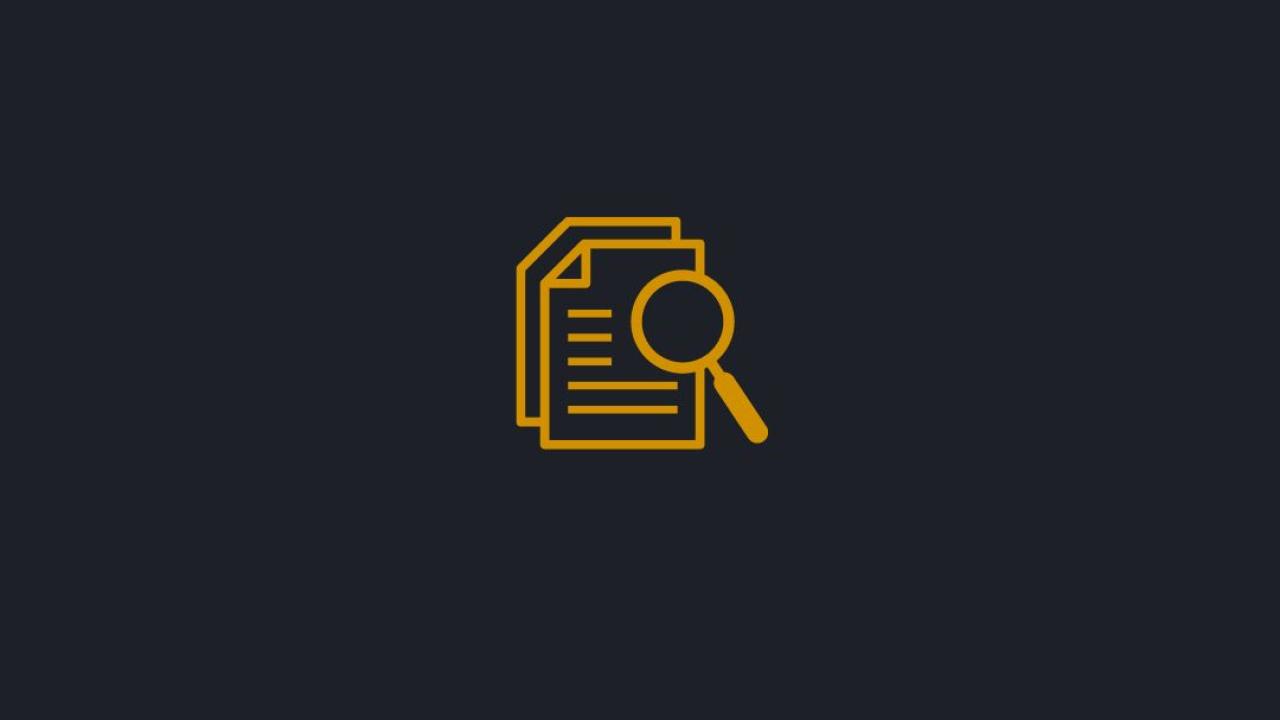29 Jan 2024
Enhancing Differentiation in the Classroom using Generative Artificial Intelligence


The landscape of education is dynamic and ever-changing, and the emergence of Artificial Intelligence (AI) has added to this fluid landscape by presenting a new frontier of possibilities and challenges. The conversation around generative artificial intelligence (AI) has now shifted. If like many Victorian school teachers, you're curious about generative AI, you might be wondering how best to use it in your classroom. If so, this article provides a few ideas.
While initially, AI might have seemed like daunting and unfamiliar territory, with widespread access to Chat GPT across Victorian schools, the release of a national framework for AI use in schools, and a statement on safe AI use being published by the eSafety Commissioner, classroom teachers are starting to show strong interest in using AI in their teaching practice. Many are pivoting towards the pragmatic, focussing their energies on the practical applications of AI in the classroom, particularly in the realm of differentiated learning - the practice of tailoring learning experiences to meet diverse student needs.
Working with, and not against, AI
In simple terms, AI refers to the science of harnessing machine learning to process large amounts of data, recognise patterns and make judgements to generate content.
In the classroom, this can translate to personalised learning experiences, co-designed and skills-focussed assessments, and rich, adaptive educational content.
Embracing AI does not mean diminishing your role as a teacher; rather, it involves integrating a range of available tools to enhance teaching methodologies and classroom practice. Learning about AI collaboratively and transparently alongside our students can not only demystify its complexities, it can also foster an environment of collaborative and rigorous exploration. Given the relative newness of AI, there is great value in learning with our students - the very act of building knowledge and skills alongside our students provides powerful opportunities to model lifelong learning while enhancing student agency in the learning.
Differentiated learning aligns perfectly with the capabilities of AI. AI can process vast amounts of data on student learning patterns, preferences, and performances, enabling the creation of personalised learning paths for each student. This approach respects the unique learning journey of each individual, acknowledging that no two students learn the same way.
Prompt Engineering for Differentiation
When using AI tools such as Chat GPT where you need to enter prompts to generate content, ‘prompt engineering’ is integral. With reference to generative AI, prompt engineering refers to the art of carefully crafting rich prompts to allow you to create outputs from AI that enable customised, engaging, and effective learning experiences that meet the unique needs of each student.
When creating prompts, I use the following checklist to assess my draft prompt:
- Is the prompt clear and specific? Vague prompts may lead to irrelevant or broad responses from the AI, which can be confusing for students.
- Is the language and tone appropriate for the age and comprehension level of my students? This ensures that the AI's responses are accessible and understandable to them.
- Have I defined what I want to achieve with the AI's response? This could be reinforcing a specific concept, testing knowledge, or encouraging critical thinking.
- Have I ensured that the prompt aligns with the standards and learning objectives of our curriculum? This ensures that the AI tool is effectively supplementing teaching.
Here’s an example of a rich prompt:
“Generate a three-tier differentiated task for Year 8 Geography students, based on the Victorian Curriculum. This task will be designed around the knowledge strand of landforms and landscapes, focusing on investigating geomorphological processes and human impact on landscapes and landforms. List task, objectives, and assessment in your response. Do not include any essay-format assessment tasks.”
Here is what Chat GPT produced in response to the prompt above:
| Chat GPT |
|---|
|
Tier 1: For learners building foundational knowledge and skills.
|
|
Tier 2: For learners ready for more complexity.
|
|
Tier 3: For learners who need extension and challenge.
|
Free image generation tools such as Craiyon can be used in conjunction with the task outlined above to enable students to produce their own visual stimuli and content. The image below is what Craiyon produced in response to this prompt:
“Create a cover illustration showcasing a variety of landscapes and landforms, designed for Year 8 Geography students. It includes features like mountains, valleys, rivers, oceans, plains, and deserts, each distinct and clearly identifiable. The image is colourful and engaging.”

The image above is colourful, engaging and appealing to year 8 students, and aligns well with the prompt used. Prompt engineering is iterative, which means that the prompt can be further refined to produce a more nuanced image with other details incorporated.
Harnessing AI tools for Differentiation
Consider a classroom where one student excels in mathematics but struggles with reading comprehension, while another shows the opposite pattern. AI can tap into and adjust the curriculum for each student, challenging them in their areas of strength and supporting them in their areas of weakness. The prompts to generate materials to help these students must be carefully engineered.
There are a range of free and open access AI tools available to teachers today, to leverage for differentiation purposes. Some examples are included in the table below.
| Differentiation Focus | Free App | Description |
|---|---|---|
| Personalised Learning Paths | Khan Academy | Offers practice exercises and learning materials that adapt to a student's performance. |
| Automated Assessments and Feedback | Socrative | Allows for real-time assessments with immediate feedback, helping identify student learning needs. |
| Adaptive Content Delivery | CK-12 | Provides adaptive learning for K-12 students with content that adjusts to individual student performance. |
| Efficient Resource Allocation | Gooru | Offers a learning navigator that helps find appropriate resources and activities for different student needs. |
| Scalability of Individual Attention | Duolingo | Provides language learning support with AI-driven lessons that adapt to each learner's pace. |
| Curriculum Customisation | Diffit | Allows teachers to create customised, differentiated resources for any discipline and year level, by topic |
| Audio to Text Conversion | Descript | Transcribes text for any video/audio so that students can read it later |
The best way to become proficient in using AI tools such as those listed above, is to play with them in and beyond the classroom – even better if students are having a go alongside you as the teacher. This allows you to navigate the use of these tools, align with curriculum and teaching needs, and gauge student engagement and interest.
A “one size fits all” approach rarely works with AI. A tool that might work well for a group of students, may fall flat for another group so trial and error are likely to be part of your experience of using AI in the classroom.
Where to from here?
UNESCO’s Global Education Monitoring Report published in late 2023 offers a significant call to action for teachers. It argues that education systems should ensure that learners’ interests are placed at the centre, and that digital technologies have opened an array of opportunities for learners with diverse needs and backgrounds.
From deciding which AI tools to allow in the classroom, to determining how to evaluate AI-generated content, to managing changes in the student experience, teachers are tasked with making informed and thoughtful decisions. This is why it is crucial that we collectively and collaboratively tap into artificial intelligence as a tool with optimism, and a willingness to learn, grow, and innovate.


